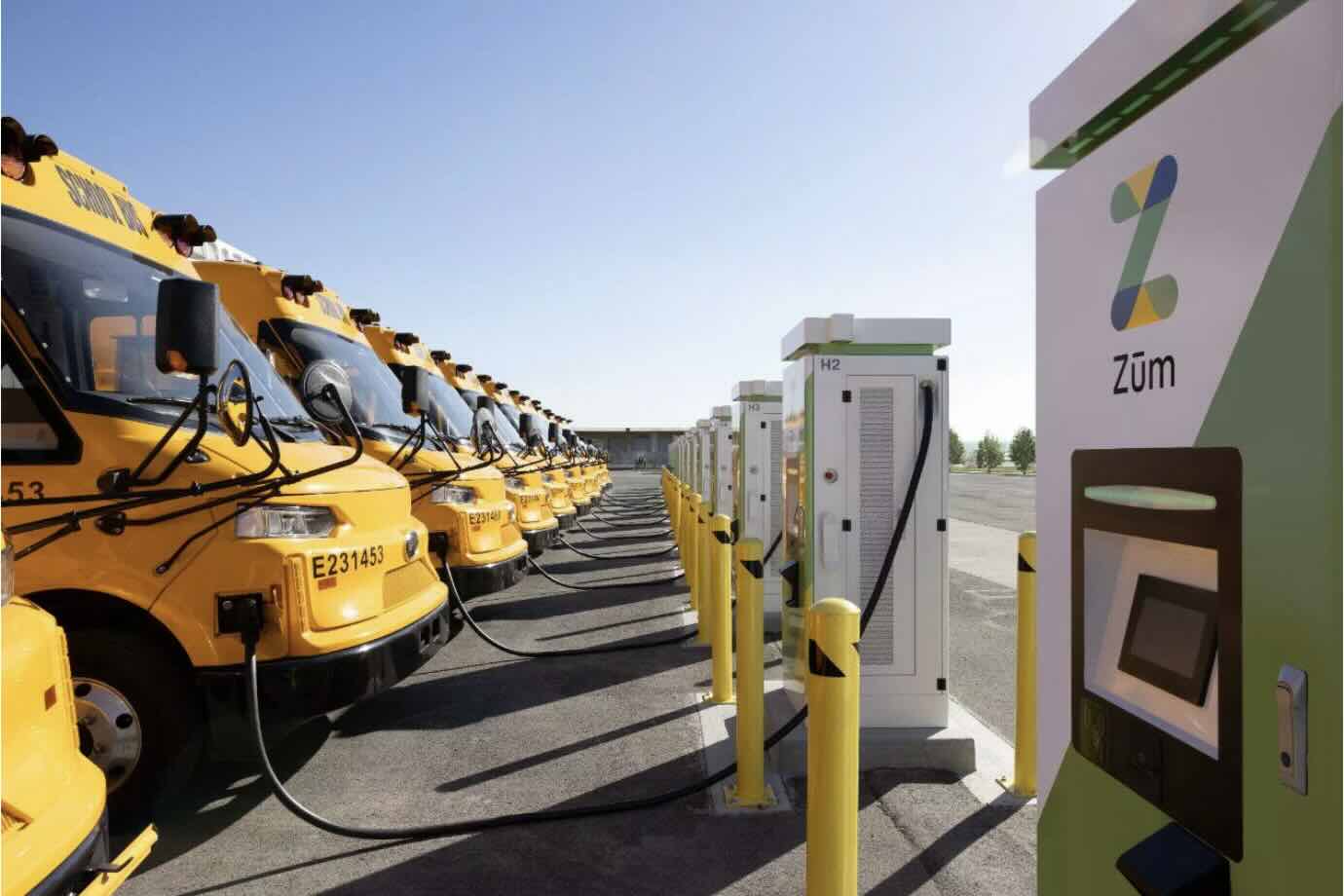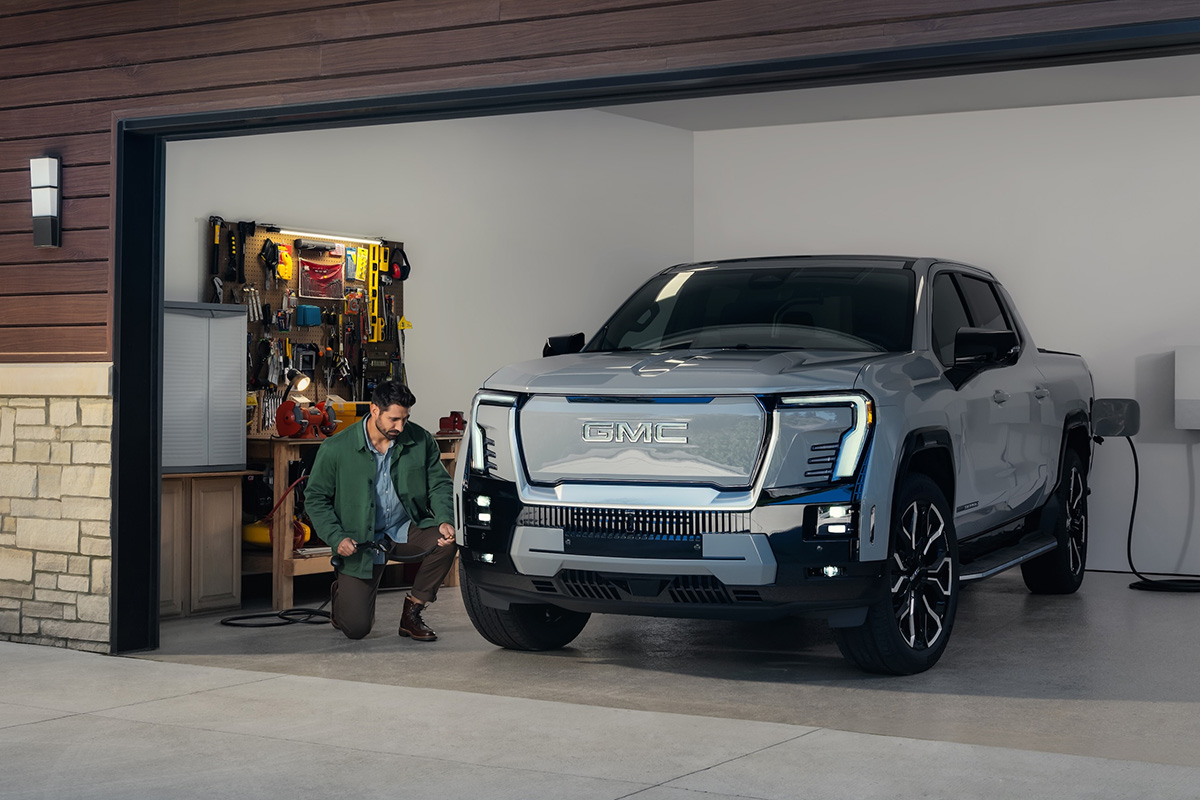
The large storage capacity of electric vehicles (EVs), including cars, trucks, buses and other forms of electrified transport currently sit under-utilised most of the time.
That is because the early EV models were (and many still are) designed to only store electricity to power the vehicles. Many manufacturers, however, have announced bidirectional capability for their 2025 and 2026 model EVs which will enable vehicle-to-home (V2H) and vehicle-to-grid (V2G) capability.
In the meantime, utilities, EV manufacturers and EV charging companies are beginning to experiment the practical feasibility of managing the aggregated load of hundreds or thousands of EV batteries as a valuable resource just as is currently done with utility-scale batteries (preceding article).
If you think this is pie in the sky, think again. In May 2024 Oakland Unified School District announced that its 74 electrified buses and charging infrastructure will begin to operate as a large bi-directional battery with 2.1 gigawatt hours (GWh) of energy, which it can arbitrage in the California market.
It is the first major school district in the US to transition to a 100% electrified bus system with V2G technology developed by Zum.
Student transportation is the largest mass transit system in the US, moving 27 million students twice daily. Today, over 90% of the nation’s 500,000 school buses run on diesel-powered buses, spewing over 8.4 million tons of greenhouse gases annually while exposing students and communities to harmful gases.
According to Ritu Narayan, Founder and CEO of Zum, the company has a goal of electrifying 10,000 bi-directional school buses across the country with the potential to supply 300 GWhs of energy to the power grids annually. It has set its eyes on the San Francisco Unified and Los Angeles Unified – which are 3 and 6 times the size of the Oakland district, respectively.
The term virtual power plants (VPPs), usually conjures an abstract and far-fetched concept. The example of electrified buses used as one brings it down to earth.
School buses offer an exceptionally attractive opportunity because they are usually used twice daily during the weekdays at predictable times, on predetermined routes and within a manageable range.
They can be charged during the mid-day sunny hours when they are normally sitting idle and can discharge some of the stored energy at the end of the school day, which happens to coincide with the ‘neck’ hours of the “duck curve”.
They can be recharged later at night or during early morning hours if needed. Other types of electrified transport can follow. The opportunity is simply too good to be missed.
Fereidoon Sioshansi is editor and publisher of EEnergy Informer, and president of Menlo Energy Economics, based in California.









